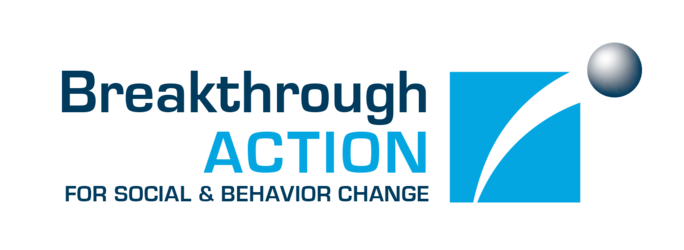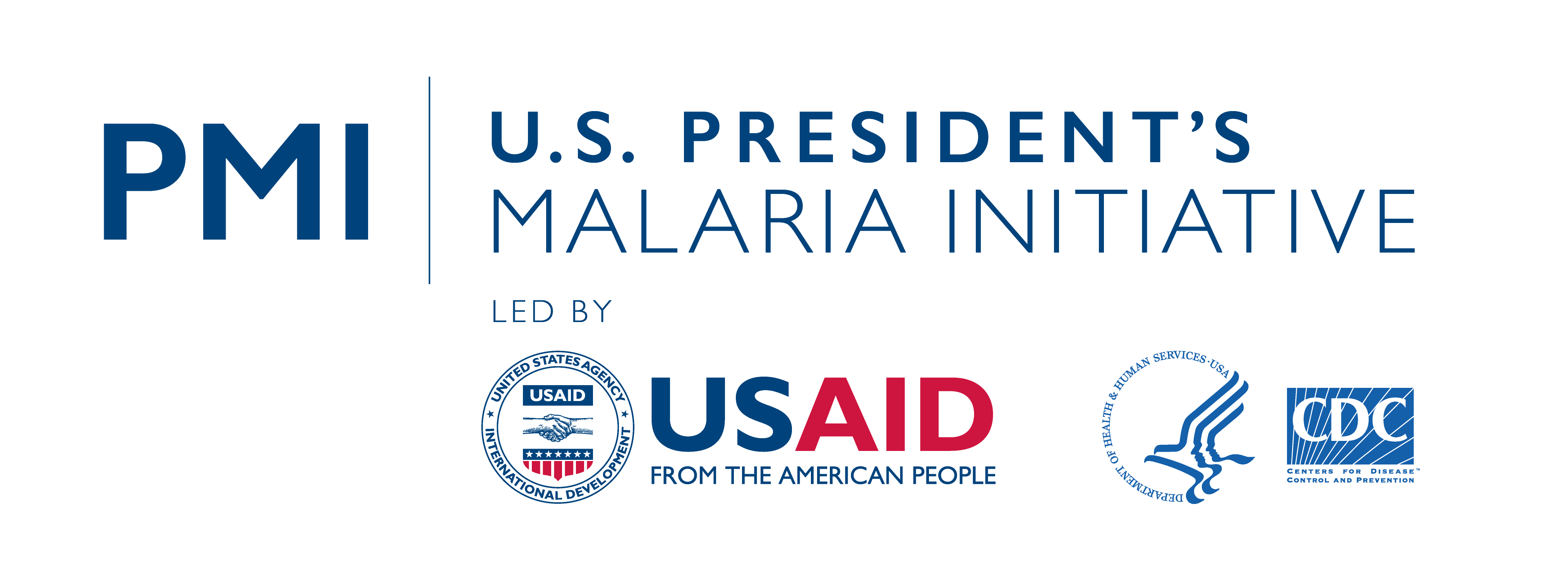Important Acronyms
ACT | Artemisinin-based Combination Therapy |
ANC | Antenatal Care |
CCP | Johns Hopkins Center for Communication Programs |
IPTp | Intermittent preventive treatment in pregnancy |
IRS | Indoor residual spraying |
ITN | Insecticide-treated net |
LLIN | Long-lasting insecticidal net |
M&E | Monitoring and Evaluation |
PMI | U.S. President’s Malaria Initiative |
SBC | Social and behavior change |
USAID | United States Agency for International Development |
WHO | World Health Organization |
CTA | Combinaison Thérapeutique à base d'Artémisinine |
CPN | Consultations Prénatales |
CCP | Centre des Programmes de Communication Johns Hopkins |
TPIg | Traitement Préventif Intermittent pendant la grossesse |
PID | Pulvérisation intra domiciliaire |
MII | Moustiquaire Imprégnée d’Insecticide |
MILDA | Moustiquaire Imprégnée d’Insecticide à Longue Durée d’Action |
M&E | Suivi et Evaluation |
PMI | Initiative du Président des Etats Unis contre le paludisme |
CSC | Changement Social et de Comportement |
USAID | Agence des États-Unis pour le développement international |
OMS | Organisation Mondiale de la Santé |
Glossary
Barrier: Something that prevents somebody from behaving a certain way (it could be structural or emotional, etc).
Burden of Disease: Death or loss of health due to a disease (in this case, malaria), injury, or risk factor.
Community-Level Leaders: People working on anti-malaria efforts in local communities or are engaged in community health initiatives, or leaders that are connected to your organization at the community-level; or people able to connect with others most affected by malaria, and describe the unique challenges in their specific context.
Core Values: The deeply ingrained principles that guide your organization’s actions, and are woven into your organization’s existing activities.
Facilitator: Something that helps people to perform a desired behavior (like a cash incentive for attending Antenatal Care, for example).
Gatekeepers: Individuals who control access to necessary people or resources.
Health Leaders: Actors are connected to the formal or informal health system and may see the effects of malaria on the community regularly; may influence community perceptions of malaria and be key actors in malaria prevention and treatment.
Indicator: A tool used to measure social and behavior change program progress and/or assess the state of a program by defining its characteristics or variables and then tracking changes in those characteristics over time or between groups.
Indoor Residual Spraying: A core mosquito control intervention that can rapidly reduce malaria transmission through the application of a residual insecticide to internal walls and ceilings of homes where mosquitos carrying malaria may come into contact with the insecticide. By killing mosquitos that carry malaria, this intervention can prevent the spread of malaria to humans.
Insecticide-Treated Net: Also known as a long-lasting insecticidal net, a protective bed net coated with insecticide to deter malaria-carrying mosquitos and protect people from mosquitoes through the physical protection of the net and the killing of the mosquitoes when they come in contact with the insecticide.
Intermittent Preventive Treatment in Pregnancy: Antimalarial medicine given to pregnant women at routine antenatal care visits, regardless of whether the recipient is infected with malaria, to prevent malaria, and reduce the likelihood of anemia, low birth weight, and neonatal mortality.
Monitoring: The systematic collection of data on key indicators to track the progress of programs or initiatives.
Evaluation: The process of accessing data collected through monitoring to understand how activities can be adjusted, improved, or changed.
Multisectoral Collaboration: A multi-pronged effort to battle malaria using the strength of different sectors and institutions working toward a common goal.
Opinion Leaders: Individuals who may hold sway or be looked up to in a community, including community leaders, politicians, educators, celebrities, journalists, artists, religious leaders, etc.
Peak Malaria Transmission: The period of time during the year when malaria transmission and infection rates are highest (in many places, the transmission of malaria varies seasonally).
Seasonal Malaria Chemoprevention: The intermittent administration of a full treatment course of antimalarial medication to prevent malaria in children under five years old. (Seasonal malaria chemoprevention is only recommended in certain areas where there is high seasonal transmission of malaria. The treatment has been shown to be effective in preventing malaria in children under five, one of the most vulnerable groups to malaria infection and death.)
Stakeholders: Individuals who know something about malaria in local communities or are affected by it.
Symptoms: Physical or mental signs that show the potential presence of a disease.
Target Audience: The main audience whose behavior you want to change.
Vector-Borne Disease: Organisms that transmit diseases between humans or from animals to humans. Malaria is a vector-borne disease because it is transmitted between humans by mosquitoes.


